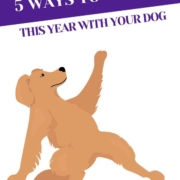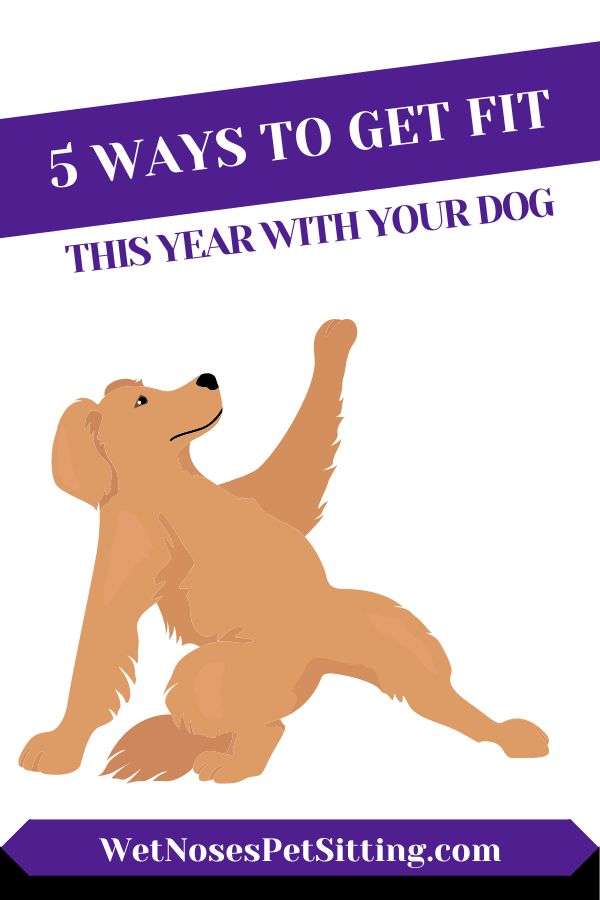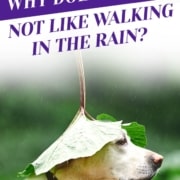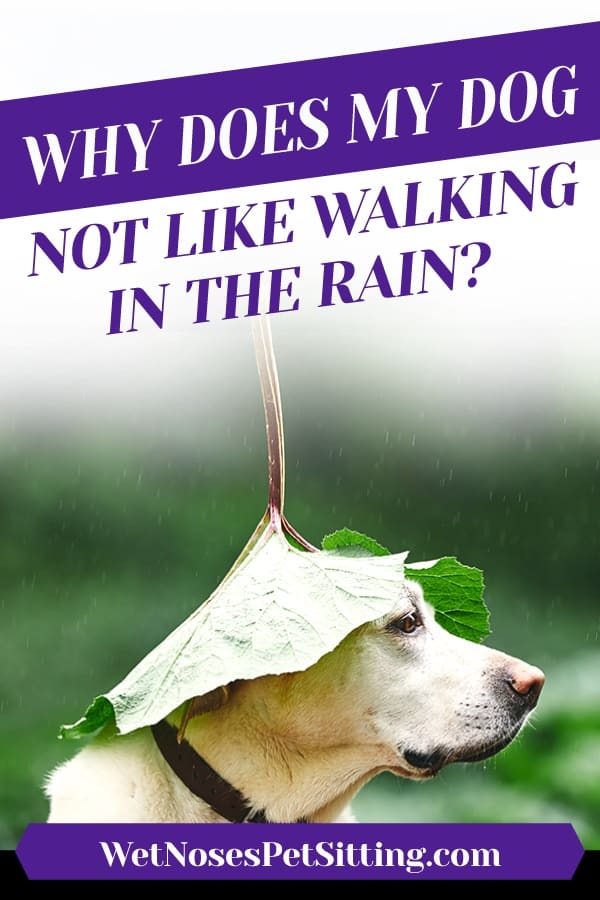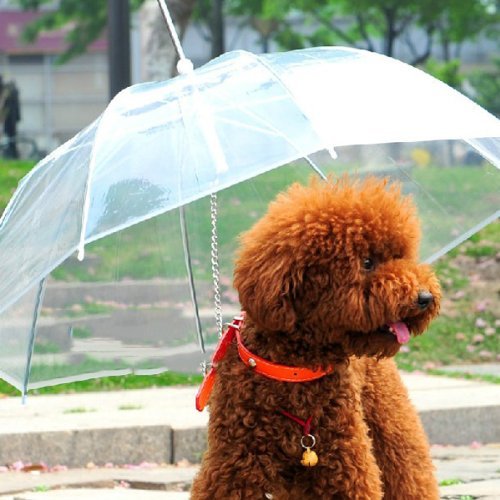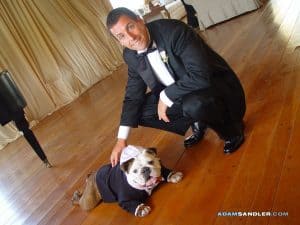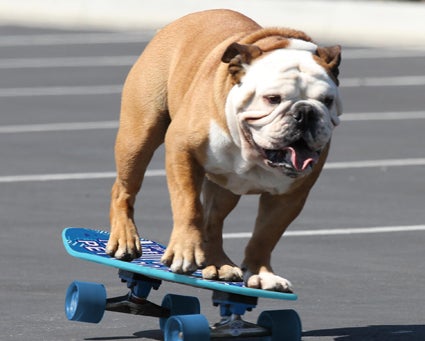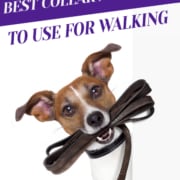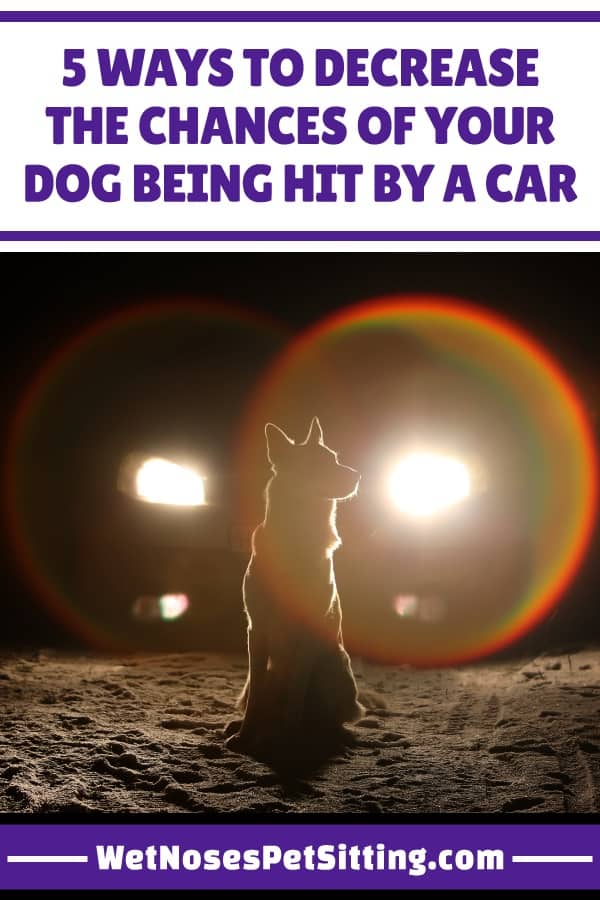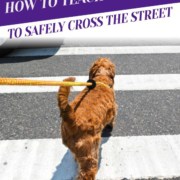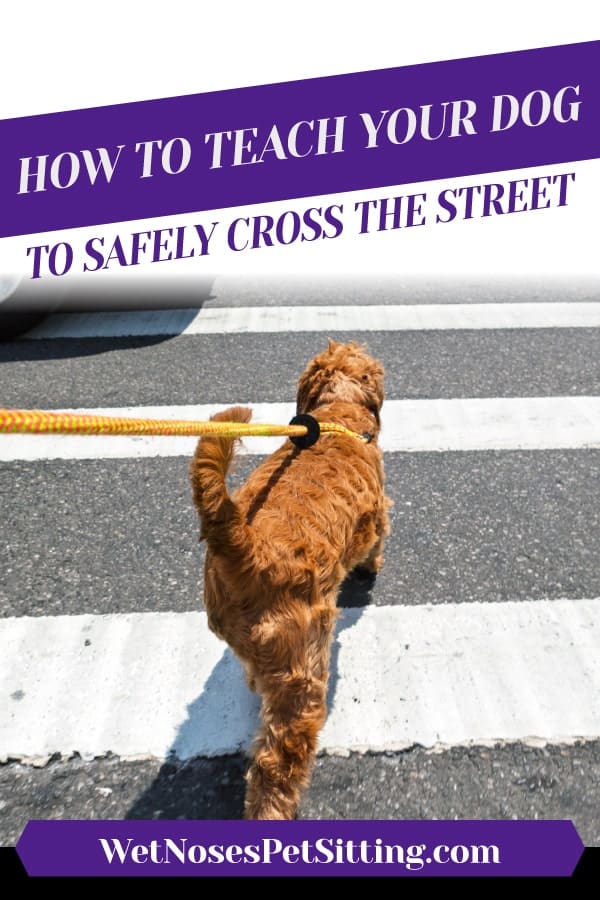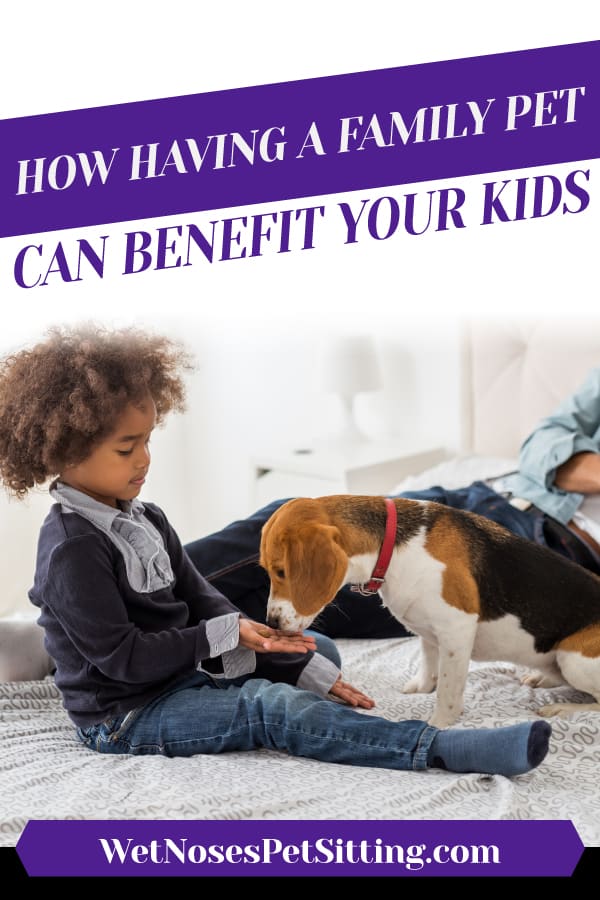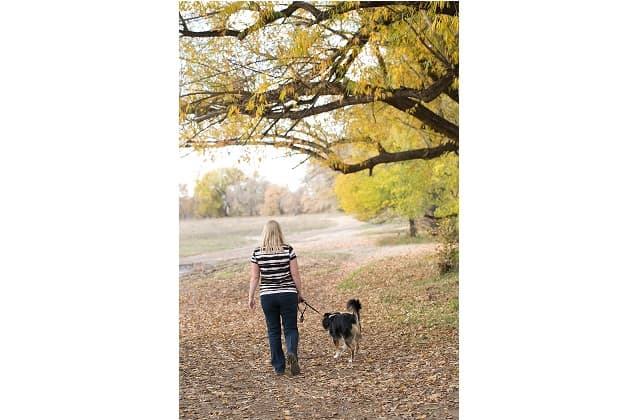5 Ways to Get Fit This Year With Your Dog
5 Ways to Get Fit This Year With Your Dog
When it comes to getting fit this year, there’s no better workout partner than your dog. They’re always happy to go for a run or a walk, and they’re always eager to please. In fact, with the right motivation, your dog can help you get in great shape this year.
Here are five ways to get fit this year with your dog.
1. Go for a Walk
Going for a walk with your dog is a great way to get fit & bond with your dog. In fact, walking and jogging are the most common forms of exercise for humans and their pets. Some dogs love going for multiple walks a day and will be happy to join you for every walk. Others are content with joining you for a short jaunt around the block.
Live in an area that doesn’t have a place to walk your dog? Fort Collins and the surrounding areas are filled with trails and parks that are dog friendly such as the Reservoir Ridge Trail or Arapaho Bend.
When you go for a walk with your dog keep the following in mind:
- Your dogs age
- You & your dogs physical fitness
- Weather
- Proper gear to walk your dog safely
Walking is one of the easiest and most effective ways to exercise with your dog, and can be incorporated into almost any routine. In general, a daily walk of 30 minutes can help you burn between 300 and 600 calories. Pets burn approximately 70 calories per hour while walking, and can burn as much as 15 calories per minute while jogging. If you are just starting out, begin with a simple walk or jog around the block. As you get stronger, increase the distance and the pace.
Want to make sure your dog gets enough walks during the day? Wet Noses Pet Sitting offers dog walking services! While it won’t get you in shape it’ll help your pup keep their walk routine and their fitness in check!
2. Hiking with your Dog
If you live in Colorado then you’re no stranger to hiking. Hiking is a great activity for both you and your dog, and can be done in any season. Hiking can also be done at a slower pace, meaning you can take in new places, and enjoy the scenery with your pet. If you don’t have a hiking trail near your home, you can search for a park or trail near your home that your pet has never been to such as Horsetooth Falls Loop Trail or the Fort Collins Poudre River Trail. Make sure to pack plenty of water and a collapsible bowl for your pooch, along with a leash to keep them from wandering off. You can even bring along some dog-friendly treats to entice your furry friend to enjoy the fresh air with you.
3. Agility Training
Have a dog that never seems to run out of energy? Agility training is a great way to keep your dog mentally and physically active, and can be enjoyed by dogs of all ages. Agility training focuses on your dog’s ability to quickly respond to commands, and play a new sport that combines obstacle courses, jumps, tunnels, and other obstacles. You can start with basic obedience training and work your way up to more challenging courses.
There are many agility classes that are available for dogs with owners such as the ones at Summit Dog Training and Sunset Agility.
4. Play with your Dog
Playing with your dog indoors or outdoors is another way to help get fit. Some activities, like tug-of-war can be done indoors or outdoors while activities like frisbee should only be done outside.
For dogs, a frisbee is a safe, fun alternative to ball playing, and can be played on land or water. For a short, 5-minute exercise, toss the frisbee and ask your dog to fetch it back, then play catch.
5. Go Swimming
If your dog is a fan of the water then swimming might be the perfect activity to get fit this year with your dog. You can even bring that frisbee from the previous tip!
At the end of the season, some pools will have doggy swim days. This is right before they drain the pool for winter. While this doesn’t help you get fit, your dog will still have fun. Unfortunately, as of 2023 the Fort Collins City Park Pool will no longer be holding their Pooch Plunge.
Final Thoughts
If you’re looking for ways to get fit this year with your dog we hope the above tips help you and your dog stay active. What is your favorite way to get fit with your dog? Let us know in the comments.

